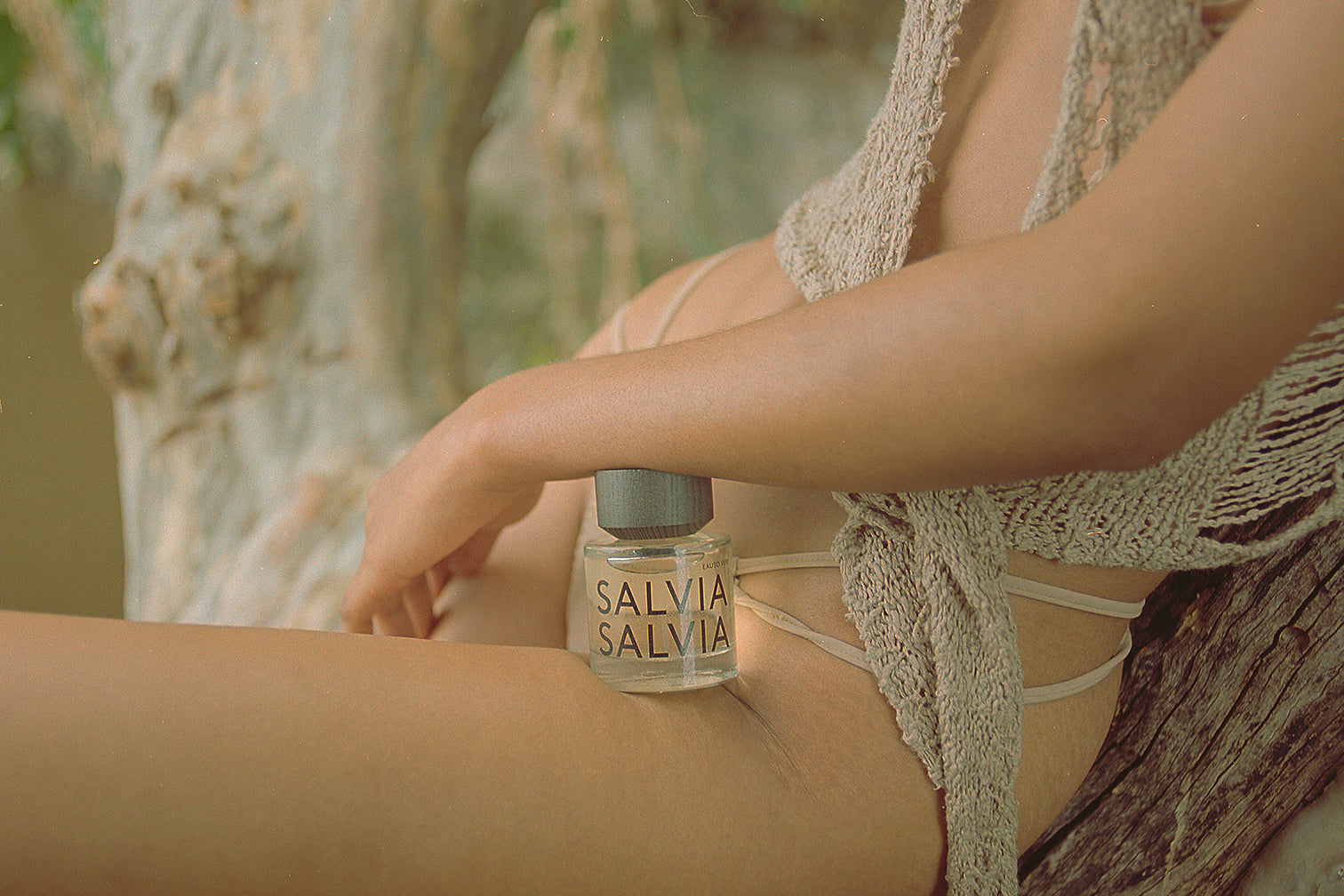
What are 'Skin Scents'?
In the world of perfumery, where every note and nuance plays a vital role, the concept of skin scents holds a special allure. It's the delicate dance between fragrance and skin chemistry that can transform a scent, making it uniquely personal and intimate. In this article, we delve into the captivating realm of skin scents, exploring what they are, how they work, and why they're so fascinating to perfume enthusiasts.
What are Skin Scents?
Skin scents are those that mimic the skin's natural scent, and have a skin-like, real-life, lived-in type of feel to them. Almost like a person's natural smell, but better. They tend to stay really close to the skin. So think of something left behind on a piece of clothing, or where you have to be very close to the person to smell it. They tend to be fragrances that include the type of notes that give of this natural type of smell; musk, aldehydes, amber and ambroxin.
Each person's skin has its own pH balance, oil production, and natural scent, all of which can influence how a perfume smells when applied. This interaction between the fragrance and the skin's natural oils can alter the scent, sometimes subtly, sometimes dramatically, creating a personalized olfactory experience.
How do Skin Scents Work?
In addition to the natural skin-like ingredients used in the fragrance, factors such as body temperature, moisture levels, and even diet can affect how a perfume develops on the skin. When perfume is applied to the skin, its complex blend of notes begins to unfold. Top, middle, and base notes interact with the skin's chemistry, evaporating at different rates and revealing new facets of the fragrance over time.
Why are Skin Scents Fascinating?
Skin scents add an element of mystery and unpredictability to the world of perfume. What smells divine on one person may not have the same allure on another, making each fragrance application a journey of discovery. Perfume enthusiasts are often drawn to the challenge of finding scents that complement their individual skin chemistry, leading to a deeper exploration of different fragrances and ingredients.
Moreover, skin scents create a sense of intimacy and personal connection with a fragrance. When a scent melds seamlessly with the wearer's skin, it becomes a part of their identity, leaving a lingering trail that is uniquely their own. This intimate interaction between fragrance and skin adds an emotional dimension to perfume-wearing, evoking memories, emotions, and sensory experiences.
Tips for Embracing Skin Scents:
- Experiment: Don't be afraid to try out different perfumes and observe how they evolve on your skin over time. What smells good in the bottle may surprise you when applied.
- Hydration is Key: Moisturized skin can enhance the longevity and projection of a fragrance. Consider applying unscented lotion or oil before spritzing on your favorite perfume.
- Take Note of Seasonal Changes: Skin chemistry can vary depending on factors such as weather, hormones, and diet. Be mindful of how these changes may affect the way a fragrance wears on your skin.
- Trust Your Instincts: Ultimately, the best way to find a perfume that suits your skin chemistry is to trust your instincts and choose scents that resonate with you on a personal level.
EAUSO VERT Skin Scents:
SINTRA:
Sintra's heart notes are very seductive - Orris flower in particular plays a very big part in making this a skin scent, it gives off a really buttery and soft, smooth aroma, sometimes associated with suede, while the musk as a base makes it creamy and animalic. Think of it as a scent you'd put on on a day while wearing something simple like jeans and a crisp white t-shirt.
PURPLE NOON:
Purple Noon is a solar floral fragrance containing Coconut Water, Musk, and Vanilla that smells like salty, balmy skin, as though you've been basking in the sun all day. The vanilla is warm and enveloping, while the musk makes it sultry and very addictive.
SALVIA SALVIA:
Though green and verdant, Salvia Salvia is a dry and savory skin musk. Its mineral and salt qualities make it feel like a warm balance of humid and dry heats, while the base contains both amber and musk, which makes it incredibly smooth and resinous.
Skin scents add a layer of complexity and intrigue to the art of perfumery, highlighting the intimate relationship between fragrance and skin chemistry. By embracing the unpredictability of skin scents and exploring how different perfumes interact with their individual chemistry, fragrance enthusiasts can unlock a world of olfactory delights. Next time you reach for a perfume, take a moment to appreciate the subtle magic of how it transforms on your skin, creating a scent that is uniquely yours.



Leave a comment
This site is protected by hCaptcha and the hCaptcha Privacy Policy and Terms of Service apply.